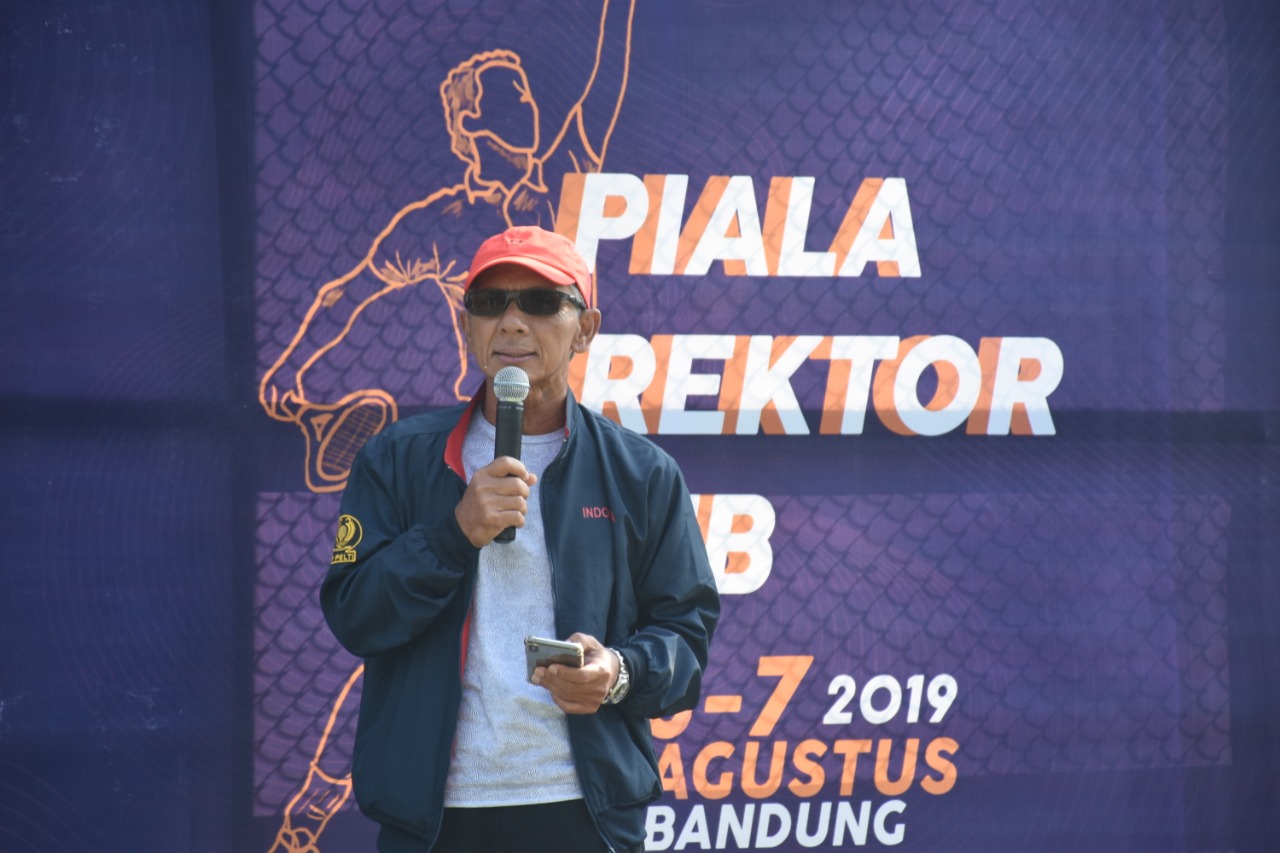Multi-Discipline Collaboration, ITB Researcher Conduct Research on The Anak Krakatoa 2018 Landslide-Tsunami
By Adi Permana
Editor Adi Permana

BANDUNG, itb.ac.id – Institut Teknologi Bandung (ITB) researcher and volcanologist Dr. Mirzam Abdurrachman teamed with the research teams from Marine Geology R&D Center (P3GL), Institute of Sciences (LIPI), Agency for the Assessment and Application of Technology (BPPT) and a group of British and American scientist to observe the sediment of the landslide-tsunami disaster of Anak Krakatoa island.
This collaboration was carried out to study the deposits of the landslide-tsunami disaster of the volcanic island of Anak Krakatoa immediately after the catastrophe using modern acoustic tools. The team, led by Dr. James Hunt from National Oceanography Center (NOC), had produced the first ocean survey result from the 22 December 2018 landslide on Anak Krakatau, Indonesia, which caused a massive deadly tsunami that swept the south coast of Sumatra and west coast of Java.
"In August 2019, the multinational and cross-discipline team had mapped the seabed of Krakatoa caldera. The survey utilized sonar for the seabed mapping, and seismic reflection method for seabed visual observation," said Dr. Mirzam Abdurrachman to ITB PR, Tuesday (18/5/2021).
He explained that this research can show the existence of massive underwater deposits from the Anak Krakatoa landslide of 2018 along with its internal structure, and to predict the whole size of the deposits and how the deposits were formed on the seabed. These findings have been published in a prestigious journal, Nature Communications, in a paper titled: "Megablocks on the seafloor reveal that half on Anak Krakatau island collapsed into the sea to cause the 2018 Sunda Strait tsunami, Indonesia".
The team was also involved in analyzing satellite imaging and photos to study the landfill events above sea level. By analyzing the satellite imaging (especially from Cosmo-SkyMed) and photos, the scientist was able to explain the level of subaerial collapse overall.
Dr. Mirzam continued, the team measured that half of the island had collapsed, it shows a larger or bigger avalanche than what was previously predicted. The satellite imaging also shows the loading of the southwest side of Anak Krakatau by molten lava and ejecta in the months before the landslide happened. At the same time, the deformations, fractures, and gas ventilations were found to have occurred on the island and indicated the estimation of the collapsed area. These processes may contribute to the final collapse of the wing section at the next stage.
"Based on this observation, the debris is large enough (~0,214km3) to completely bury the whole London as high as St Paul Cathedral. The blocks of the debris sit at 90meter above the seabed and covered distances of 1.5km from the Anak Krakatoa," he explained.
This finding also shows that the mega-block is resulting from the landslide has been eroded to the seabed and formed another stream of debris that flows to a deeper ridge. However, surprisingly the stream of debris and landslide fragments are now buried under the 18-meter-high eruption material.
Additionally, the team also found that the post-landslide eruption yielded another material that rebuilds the cone-shaped body of the volcano rapidly, which by a large part is re-deposited on the seabed. This supports the need for a further survey of the 2018 avalanche as soon as possible before being buried by the debris material from the next eruption or due to the dynamics of the sea environment.
"This study allows us to present the size and failure mechanism of the 2018 avalanche in Anak Krakatau. It is the first time that a study of landslide-tsunami of the volcanic island combines satellite imaging and seabed mapping in high detail. The last similar event was the landslide-tsunami disaster of Ritter Island in 1888", added Mirzam.
"By characterizing the landslide deposit and mapping the seabed, we can gain a better understanding of the failure of the southwest side of Anak Krakatoa. With this knowledge, we can create a better model of a tsunami and provide a benchmark for a similar situation. This information will in turn allow us to devise a better disaster mitigation strategy," he concluded.
Reporter: Adi Permana
Translator: Favian Aldilla (Civil Engineering, 2019)

.jpg)

.jpg)
.jpg)
.jpg)

